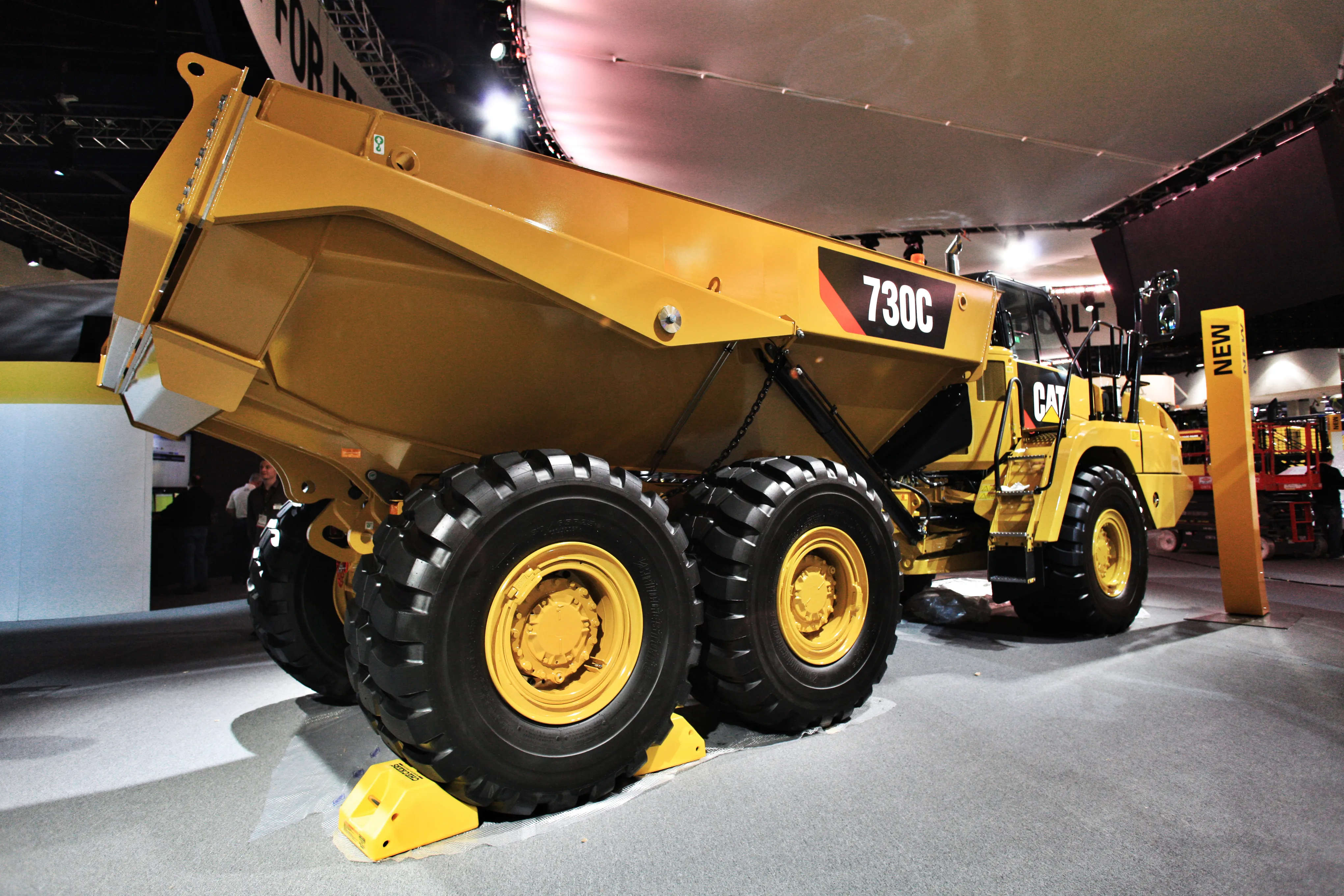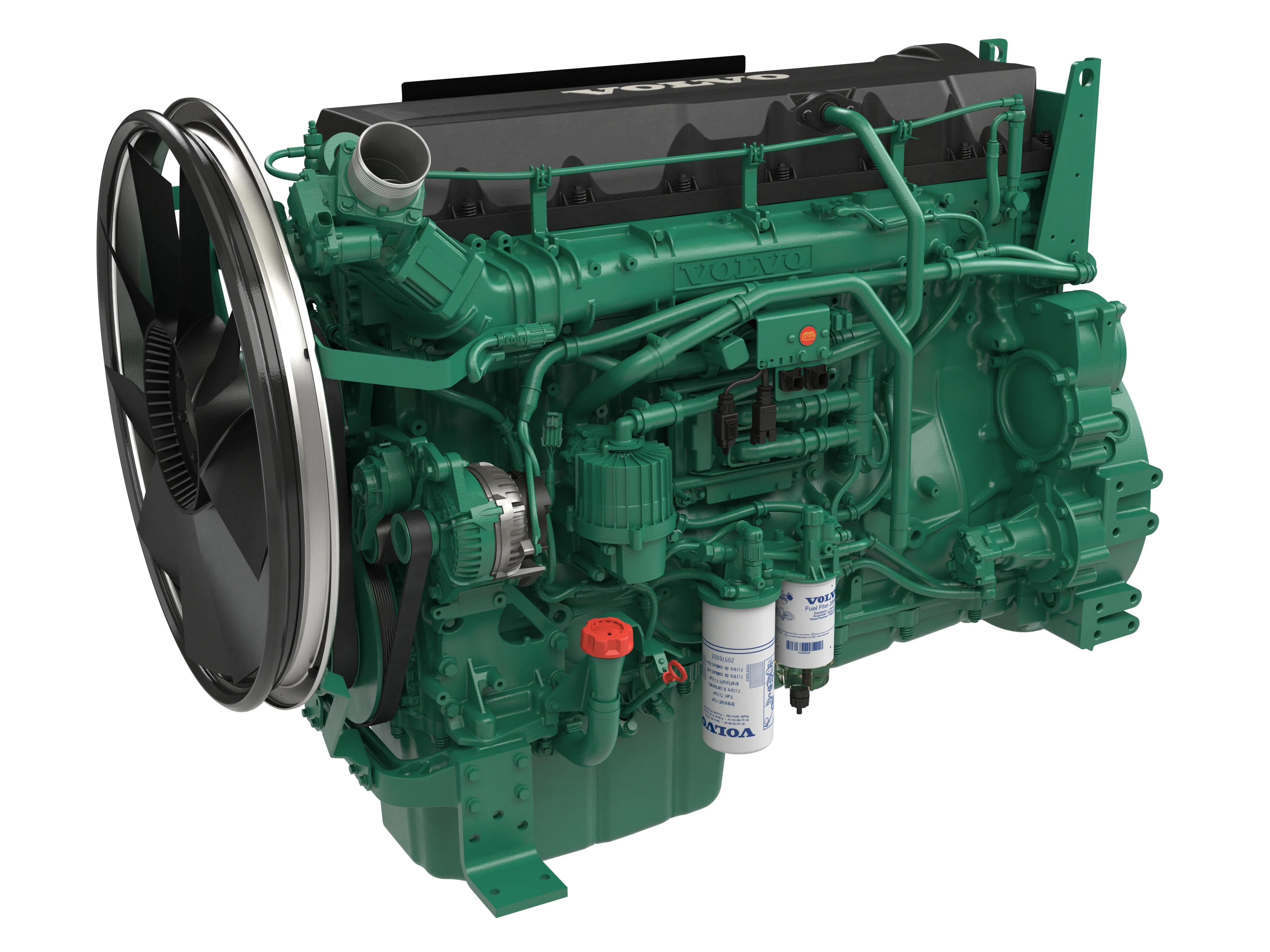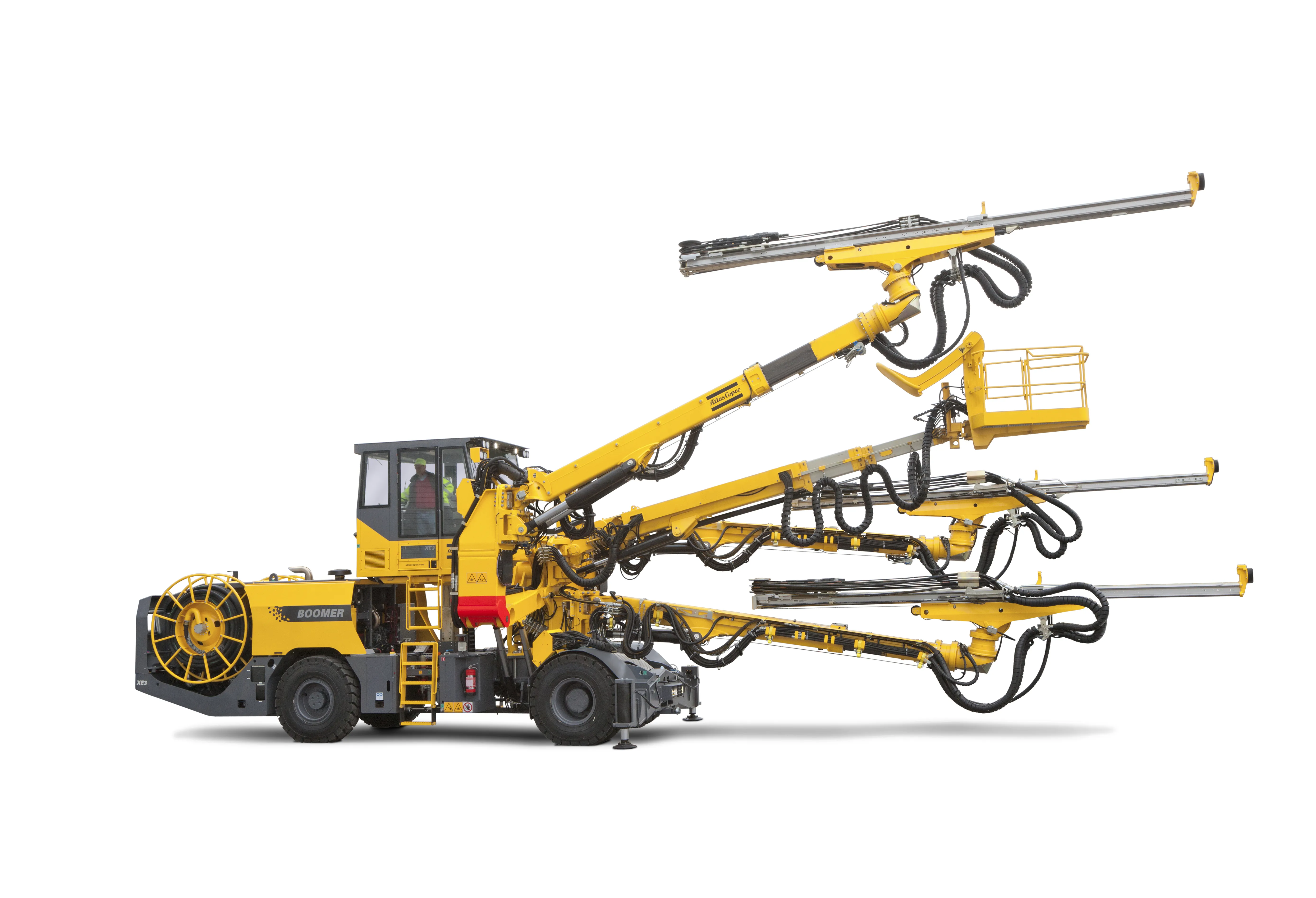New engines with more power, advanced transmission control, improved cabs and better serviceability are amongst the key features of Caterpillar’s new C-Series ADTs. These are the 725C, 730C, and 730C EJ ejector models, which are said to meet customer demand for increased productivity, lower operating costs, better availability, long-term durability and high resale values.
January 17, 2014
Read time: 2 mins

New engines with more power, advanced transmission control, improved cabs and better serviceability are amongst the key features of 178 Caterpillar’s new C-Series ADTs. These are the 725C, 730C, and 730C EJ ejector models, which are said to meet customer demand for increased productivity, lower operating costs, better availability, long-term durability and high resale values.
The 725C has a capacity of 23.6tonnes, while the 730C and 730C EJ models both have 28tonne payloads. The 725C's CAT C9.3 diesel is rated at 234kW, while the CAT C13 in the larger models delivers 274kW. All three models are offered in Tier 4 Final/Stage IV, Tier 3/Stage IIIA or Tier 2/Stage II emissions variants. A diesel-particulate filter and selective-catalytic-reduction system provide exhaust after-treatment for Tier 4-Final/Stage IV models. Compared with its predecessor, the 725C has a 4% gain in power and a 20% increase in torque, while the 730C and 730C EJ models have nearly 16% more power and a gain in torque of over 30%.
The trucks come with a CAT 6F/1R power-shift transmission that electronically modulates clutch-engagement pressures for smoother shifting and also incorporates Caterpillar Advanced Productivity Electronic Control Strategy (APECS) system that increases acceleration. For better speed control on downhill grades, the 730C models have an engine-compression Brake with 60% more retarding power than earlier models. The 725C has a fluid retarder with four operating modes.
All three C-Series models feature six-wheel drive and are equipped with wet-disc-clutch locks in the axle differentials and the inter-axle differential. The trucks have rugged, major structures, while the hitch retains the proven two-piece construction.
Three-point, oil/nitrogen front suspension and walking-beam rear suspension is fitted at the rear while the new dump body uses high-strength Brinell HB450 wear-resistant steel and has a design that ensures clean dumping and minimises carry back.
The low, sloping engine covers, central operator seating positions and large glass areas provide good all-around visibility. Meanwhile fleet optimisation can be achieved with the CAT Product Link telemetrics system, which allows remote monitoring of the machine.
In addition, the CAT 725C and 730C ADTs are available as bare-chassis models for use as service trucks or water spray trucks, as well as an array of other applications. The 725C and 730C articulated truck bare-chassis models are available in two wheelbase lengths, standard and long.
%$Linker:2 Asset <?xml version="1.0" encoding="utf-16"?><dictionary /> 2 12692 0 oLinkExternal www.cat.com Caterpillar Website false /EasySiteWeb/GatewayLink.aspx?alId=12692 false false %>
The 725C has a capacity of 23.6tonnes, while the 730C and 730C EJ models both have 28tonne payloads. The 725C's CAT C9.3 diesel is rated at 234kW, while the CAT C13 in the larger models delivers 274kW. All three models are offered in Tier 4 Final/Stage IV, Tier 3/Stage IIIA or Tier 2/Stage II emissions variants. A diesel-particulate filter and selective-catalytic-reduction system provide exhaust after-treatment for Tier 4-Final/Stage IV models. Compared with its predecessor, the 725C has a 4% gain in power and a 20% increase in torque, while the 730C and 730C EJ models have nearly 16% more power and a gain in torque of over 30%.
The trucks come with a CAT 6F/1R power-shift transmission that electronically modulates clutch-engagement pressures for smoother shifting and also incorporates Caterpillar Advanced Productivity Electronic Control Strategy (APECS) system that increases acceleration. For better speed control on downhill grades, the 730C models have an engine-compression Brake with 60% more retarding power than earlier models. The 725C has a fluid retarder with four operating modes.
All three C-Series models feature six-wheel drive and are equipped with wet-disc-clutch locks in the axle differentials and the inter-axle differential. The trucks have rugged, major structures, while the hitch retains the proven two-piece construction.
Three-point, oil/nitrogen front suspension and walking-beam rear suspension is fitted at the rear while the new dump body uses high-strength Brinell HB450 wear-resistant steel and has a design that ensures clean dumping and minimises carry back.
The low, sloping engine covers, central operator seating positions and large glass areas provide good all-around visibility. Meanwhile fleet optimisation can be achieved with the CAT Product Link telemetrics system, which allows remote monitoring of the machine.
In addition, the CAT 725C and 730C ADTs are available as bare-chassis models for use as service trucks or water spray trucks, as well as an array of other applications. The 725C and 730C articulated truck bare-chassis models are available in two wheelbase lengths, standard and long.
%$Linker:







